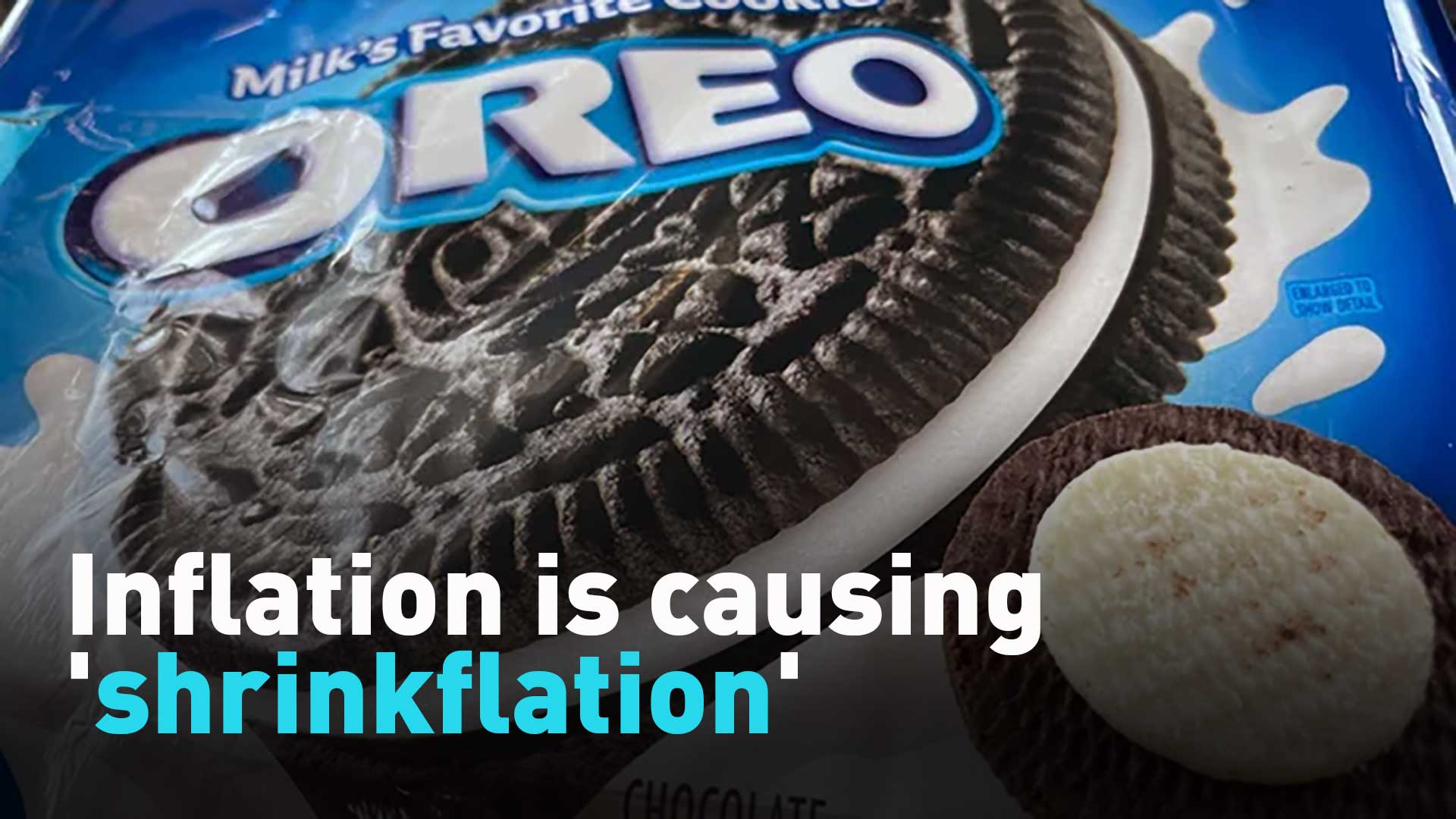
U.S. products are undergoing noticeable size and quantity reductions as inflation continues to rise.
The phenomenon has been dubbed 'shrinkflation' and many are decrying how everyday items such as food, drinks, and cleaning products are reduced their size or quantity while remaining the same price.
Companies that do this hope to avoid raising prices for existing goods, by simply reducing sizes.
While this has been going on for decades, the current widespread inflation the U.S. and world means that consumers are seeing shrinkages everywhere.
For example:
Popular energy drink Gatorade now has a bottle waistline taking it from 32 ounces to 28 ounces, as the price remains the same. The company says the hourglass bottle was meant to make it easier to hold.
Tissue brand Kleenex has also removed five tissues to offer only 60 sneezecatchers per small box.
Folgers coffee also reduced their instant product from 51 ounces to 43.4 ounces. Responding to critics, the company says the lighter package is because they have been using new technology that has created a lighter-weight bean.
Some products are even seeing strategic packaging changes so the box is the same but there are fewer items inside.
Take a look at some of the examples of this phenomenon posted on Reddit.
Scroll left and right to view gallery below.
Even restaurants have taken part.
At Domino's Pizza, chicken wings are now only eight pieces instead of their previous eight, and the same is happening with Burger King's chicken nuggets.
Subway restaurants are also making wraps and sandwiches with less meat.
With U.S. inflation to a 40-year high, the costs of food has grown 7.2 percent in the last 12 months.
Experts say shrinkflation practices are easier for companies to implement since people tend to notice price changes before they notice size and quantity changes.
For more, check out our exclusive content on CGTN Now and subscribe to our weekly newsletter, The China Report.

